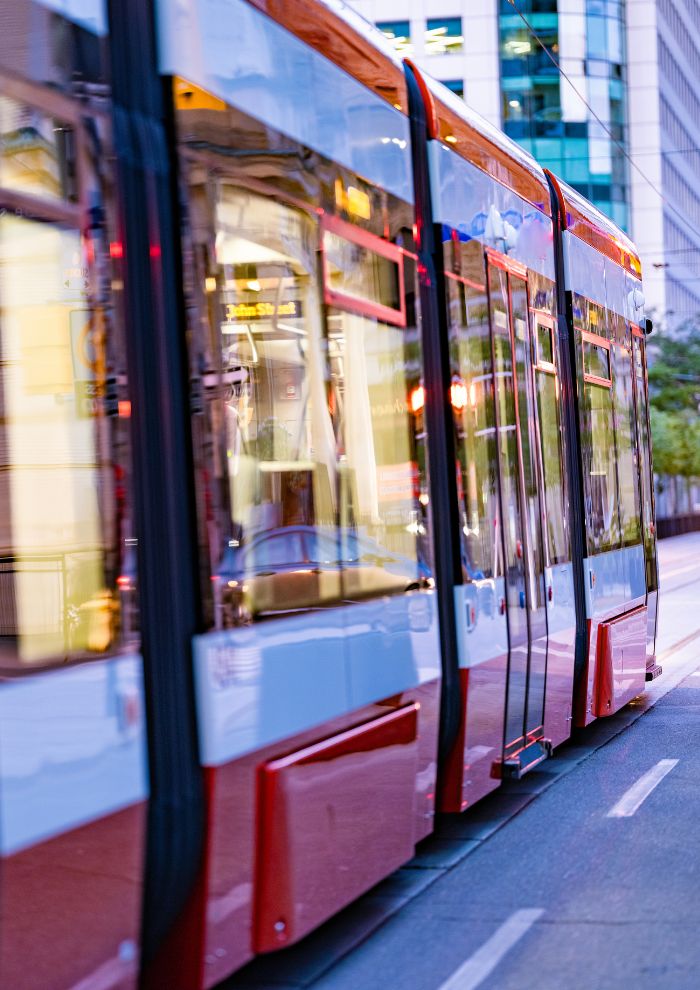There is a gap between students who have and don’t have reliable access to the internet and technology, with over 30% of students lacking adequate internet at home.
This gap in access is known as the digital divide, and it disproportionately affects students who already come from disadvantaged circumstances.
The difficulty of getting all students adequate internet and technology access is not a new challenge but in the wake of the pandemic the need is greater than ever.
With more and more learning and assignments being completed remotely, students caught in the digital divide are getting left further and further behind.
The students most at-risk for being left behind due to a lack of technology or internet access are those in rural communities, from lower-income families and students of color.
It’s an issue that isn’t going away, and for families hit hard by the pandemic, or inflation, justifying the cost of an internet connection against necessities like groceries can be an especially hard decision.
The need for students to have adequate internet access has become almost an essential resource, as so much of our world and our classrooms is based around digital access.
What Can Schools Do To Help Bridge The Digital Divide?
There is no easy solution for such a complicated issue. Every district is unique and different communities face different challenges.
Schools are only able to do so much as far as creating access and opportunity, but there are a few ways to maximize resources and help narrow the access divide.

Approach Each Class Differently
Every class in every school is going to have a unique make-up of students from a variety of backgrounds.
Knowing the challenges and barriers of each class at the start of each year could help shape the curriculum and bridge the digital divide as much as possible.
Determining how many students have a lack of technology and internet access outside of school could help shape the type of lessons and assignments for each class.
At the moment, the most common assumption is the majority of students have adequate internet access at home. This is one of the main reasons that disadvantaged students have been getting left behind.
If schools develop lesson plans on the assumption that there will be students in every class without access to the internet, it could help close the digital gap without adding a lot of costs to budgets that are already stretched.
Shaping lesson plans that consider the lack of access for some students can help create opportunities for students that are already disadvantaged.
This is not to drive technology from the classroom and assignments, but to implement solutions such as extending deadlines or incorporating open lab times to help bridge the digital divide in schools.

Digital Literacy Programs
An important aspect of the digital divide to consider is not just the lack of internet access, but the difference in digital skills between students with and without adequate technology and internet access.
Students who don’t have enough access to the internet and technology usually have lower digital literacy than their peers.
The students who are caught on the wrong side of the digital divide can fall behind not just from lack of access, but also from not being able to use the internet and technology as skillfully as their classmates.
Incorporating digital literacy training into the curriculum could be an important step to helping prevent those with limited digital access from falling behind.
Providing extra lab time, or devices to take home for assignments is only one part of a complex issue.
A laptop in the hands of a student who does not fully know how to use it only addresses the access, but not the training required to use it correctly.
Students who come from families with sufficient technology access can usually rely on family members to teach them skills we might take for granted like email, web browsing and word processing.
Students who come from disadvantaged families might not have anyone at home to turn to who can help them with using a device or program or navigating the internet.
Integrating programs that address the gap in digital literacy can ensure that every student can have the tools needed to properly use the internet and technology.

Internet Access Opportunities
There is no way to bring internet access to the homes of every student, but there are ways to give more opportunities for internet access to each student.
Currently, the average student spends over 150 hours commuting on the school bus every year.
School districts that have wi-fi systems installed on their school buses give students the opportunity to use those hours for accessing research material and completing assignments.
Gatekeeper’s School Bus Mobile Wi-Fi System is one of the best available, as it provides safe, secure internet access to students and it can operate while the bus is in motion, and when it’s parked.
This means that buses with Gatekeeper’s School Bus Mobile Wi-Fi System can be strategically used as hotspots as a way to bring internet access to entire under-served communities.
By turning school buses into mobile wi-fi hotspots, it creates opportunities for bringing internet access to students in their day when they might otherwise not have any.
There’s no one way to tackle such a complex issue as the digital divide. But, crafting lesson plans that address the lack of equal digital access, teaching digital literacy and providing opportunities for internet access can be important bridges for disadvantaged students.





